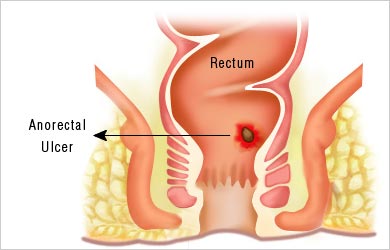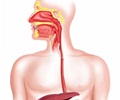About
1 in 5000 babies are born with this problem where there is no opening at the anus; therefore the baby cannot pass stools normally. Often the opening is connected by a fistula to a wrong place. It may be in to the urinary tract in boys or the birth canal in girls. Sometimes there is no connection any where and these babies have bowel obstruction because this.
Detection of Ano Rectal Malformation
Babies generally pass the first black stool within few hours; if this does not happen one has to inspect the bottom for presence of a normal anal opening; in babies with this problem it is absent or very narrow or wrongly located.

Problems of Ano Rectal Malformation
30% of these babies can have kidney problems; 25% - 50% can have problems with spine and spinal cord. They may also have cardiac problems, limb anomalies; and problems in food pipe (Oesophageal atresia and tracheo oesophageal fistula).
The new opening created becomes narrow (anal stenosis) in 20-30% requiring dilatation or further revision surgery. Constipation is a problem in 30-40%. Soiling and poor control of stools can be a problem in 30-40%. These problems are more in children with high anomaly and associated spinal problem. There can also be problems with urine control in children with associated spinal defects.
Treatment of Ano Rectal Malformation
The paediatric surgeon has to assess whether the problem is a low one or high one. If the bowel ends low, especially in a boy child, a single operation to establish communication called anoplasty is performed. If the bowel ends higher or in a girl child, two stage operation is required. The immediate treatment is to create a stoma (colostomy); where bowel opening is created on the surface of tummy. This involves general anaesthesia. Once the stoma starts working (2-3 days) feeds can be started. The stoma enables the baby to pass stools normally, feed and grow.
The definitive operation involves a pull through performed at around 8-12 months, where the bowel is pulled down and stitched to the normal anal location. It is done under general anaesthesia and involves 7-8 days stay.







